Democratic Republic Of Congo
An Ebola outbreak that has plagued southern Congo in recent weeks is starting to be contained, the World Health Organization said Wednesday, with no new cases reported since the U.N. health agency's last update on Oct. 1.
“As of Oct. 5, 2025, 10 days have passed without any newly reported cases, indicating potential control of transmission in the affected areas,” the agency said during a news conference. The agency said a total of 64 cases, including 53 confirmed and 11 probable, have been reported in Congo’s Kasai Province as of Oct. 5.
The WHO also reported 43 deaths, including 32 confirmed and 11 probable. Congolese authorities announced an Ebola outbreak in Congo's southern Kasai province on Sept. 4, the first in 18 years in the remote part of the country located more than 1,000 kilometers (620 miles) from the capital of Kinshasa.
Health authorities and organizations had recently sounded the alarm, warning they lack the funds and resources to mount an effective response to the crisis. The WHO said improved logistics and field operations, including helicopter and ground deliveries of medical supplies and the decontamination of three health facilities, have helped contain the outbreak over the last week.
“This steady decline in transmission and improved case management reflect the impact of coordinated interventions led by the Ministry of Health with support from WHO and partners,” the agency said.
The WHO still advised caution, as almost 2,000 contacts — people who may have been exposed to the disease — are being monitored and a “single missed contact could reignite transmission chains, especially in areas with high population movement or limited community surveillance.”





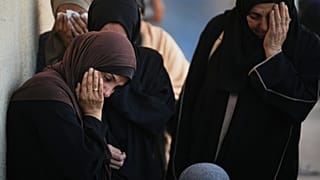

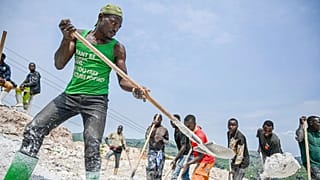
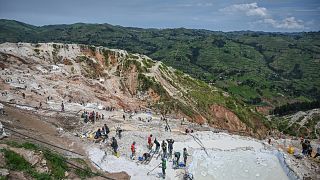
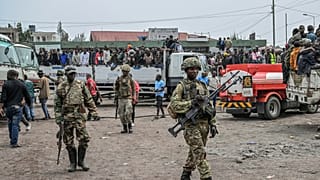
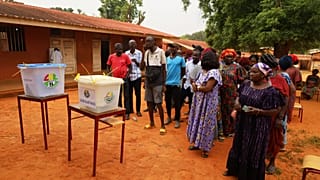
00:58
Ethiopia confirms three deaths in new Marburg virus outbreak
01:00
Pix of the Day: November 17, 2025
Go to video
WHO warns Africa facing diabetes time bomb if current trend continues
00:34
Late DR Congo goal edges Cameroon out of World Cup play-off final
Go to video
Australia runs training exercise for infectious disease response
00:39
World Health Organization reports 42 deaths from Rift Valley Fever in Mauritania and Senegal